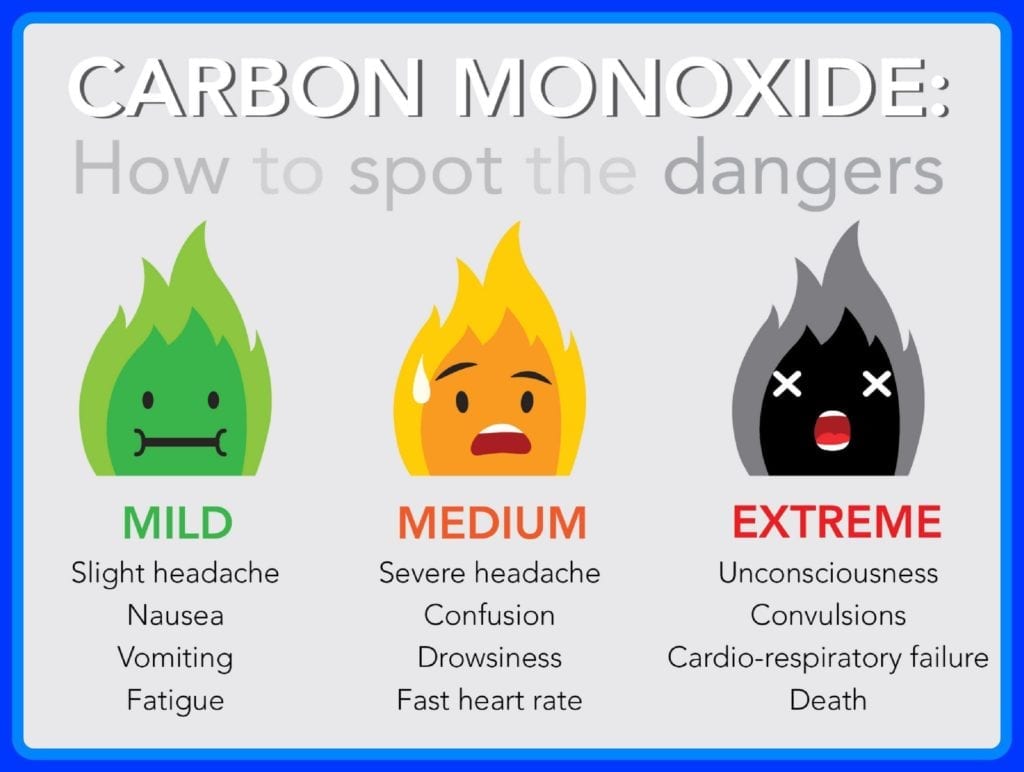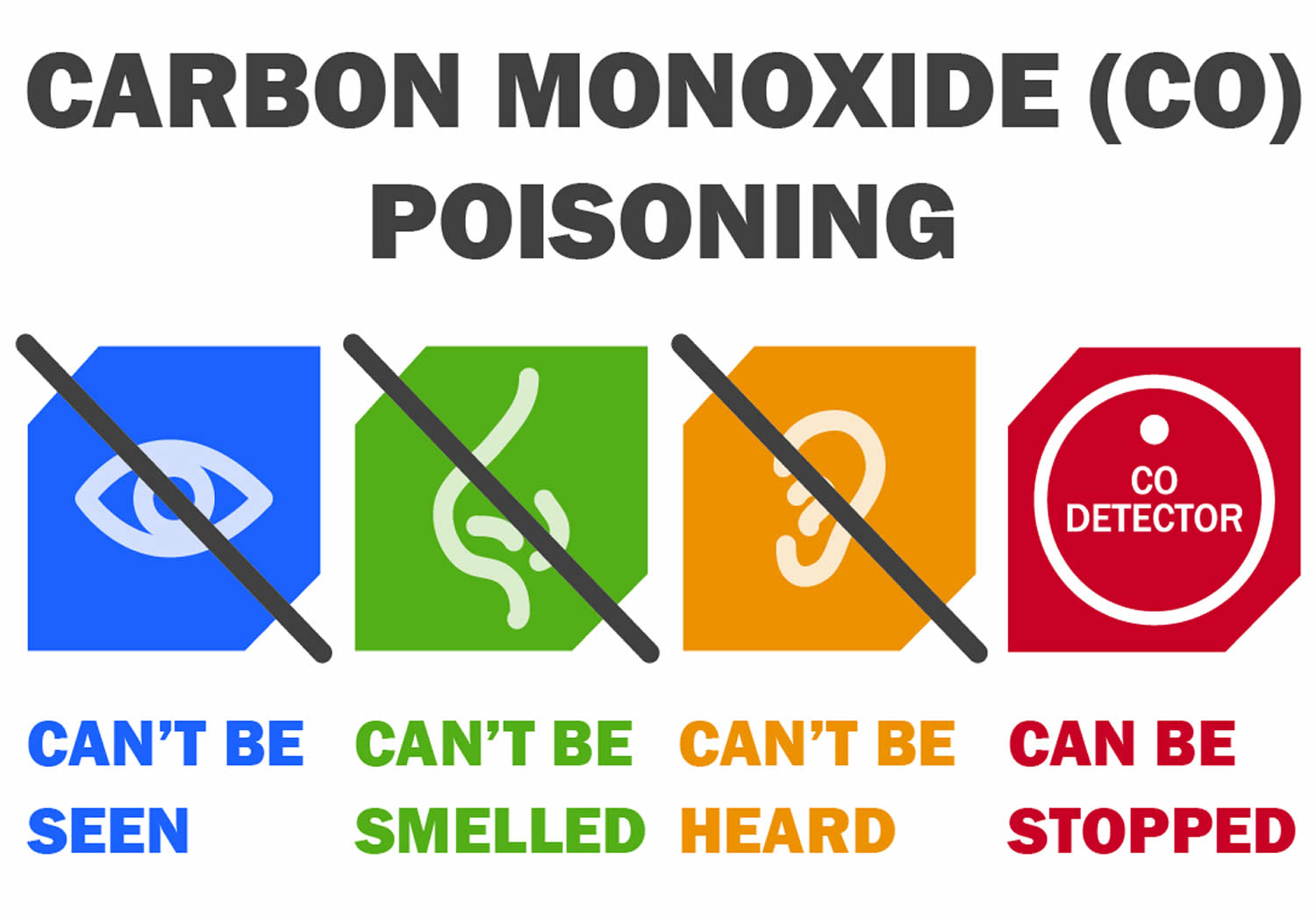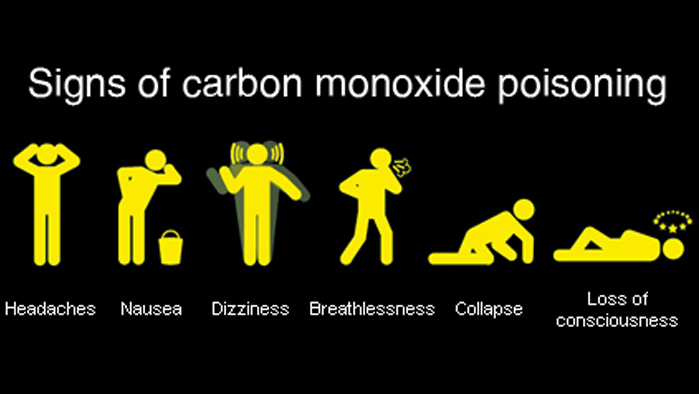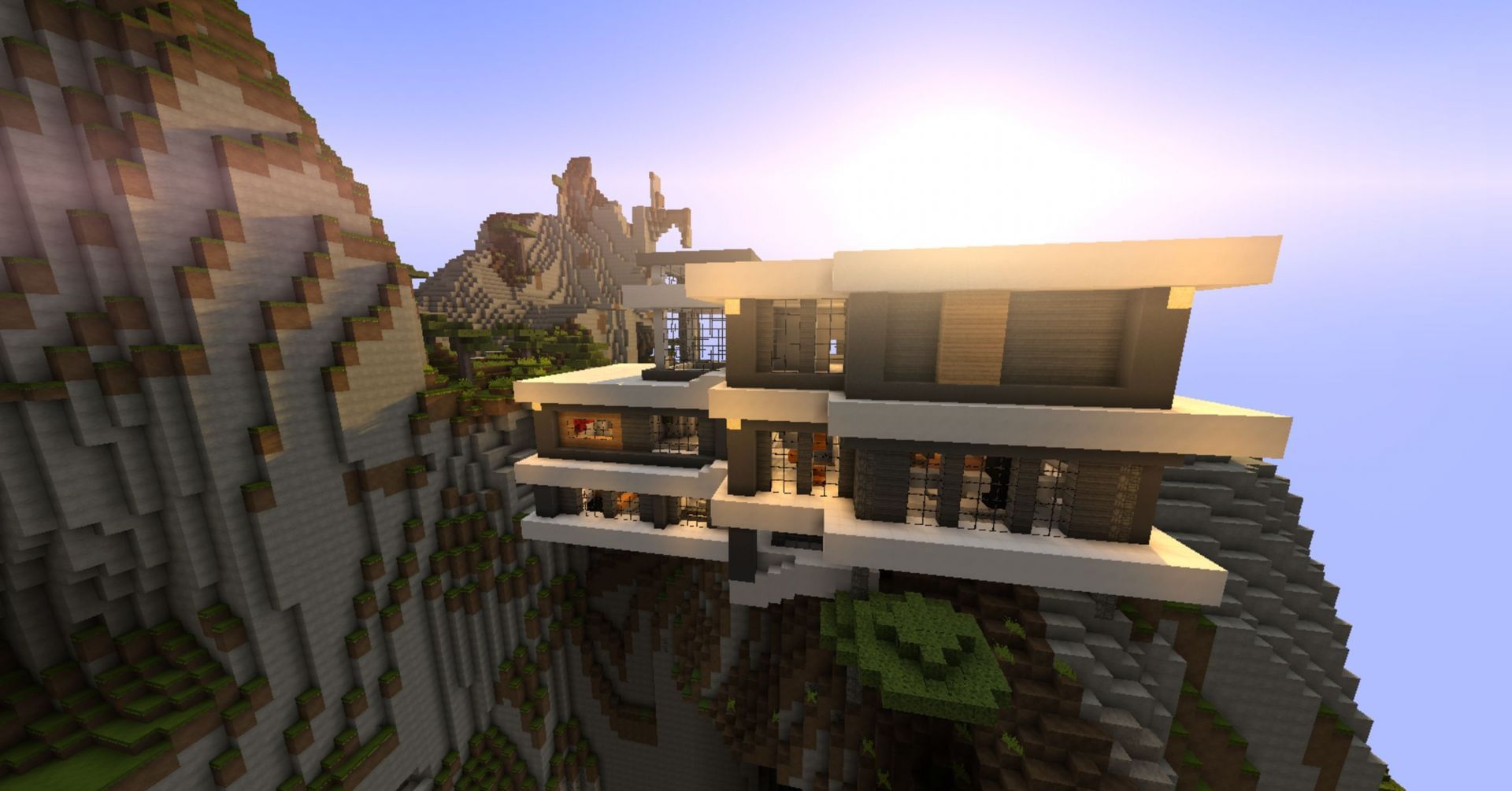Table Of Content

And water starts to condense on windows and other home surfaces around 60%. Plus, the humidifier itself can grow mold and bacteria that blow into the air unless you clean and dry it daily. You can measure humidity levels with a tool called a hygrometer from the hardware store. Extreme exposure usually leads to unconsciousness, convulsions, cardiorespiratory failure, coma, and eventually death. I think that most people know to avoid running a car inside a closed garage.
Risk factors
Be sure to read and follow the CO detector's manufacturer's guideline for installing and maintaining the device. The U.S. Consumer Product Safety Commission (CPSC) recommends that every home has at least one CO detector and preferably one for each floor. Get the care you need from world-class medical providers working with advanced technology. In addition, people should handle products that contain methylene chloride (dichloromethane) with care because methylene chloride turns into CO upon inhalation.
Get the latest in health news delivered to your inbox!
You can't detect carbon monoxide without a CO detector, but you may be able to identify potential CO hazards around your home. Generators, grills, camp stoves and other fuel-burning devices should never be used inside a home, basement, garage or camper. Generators should be kept away from the windows, doors and vent openings of a home. The first line of treatment for CO poisoning is removing the affected person from the area of exposure.
Connect With A Redfin Agent
When your blood can no longer do its job of carrying the oxygen your body needs to keep your organs operating, especially your brain, your organs will shut down. If your carbon monoxide alarm goes off, never assume that it’s a false alarm even if you have no symptoms. Because CO is tasteless and odorless, you need to assume that the risk is real and to take the appropriate action. Most cases of poisoning result from the inhalation of the gas as it quickly accumulates in an enclosed space (usually due to faulty ventilation).
Running a car engine in an enclosed space, such as a garage, produces dangerous levels of carbon monoxide, which can quickly become deadly. Carbon monoxide is an odorless, colorless and tasteless gas that “messes with your body’s ability to move oxygen around,” Smeltzer says. Rather than carrying oxygen to your organs and tissues, red blood cells pick up CO instead. Research continues into why this happens and how to identify the potential for long-term symptoms.
Carbon monoxide is a silent killer, killing approximately 400 Americans every year. Hence, it is imperative to check and prevent any leaks to avoid any mishaps. Chest pain can be a sign of heart attack, acid reflux disease, asthma and yes, CO poisoning.
The gas is used as a marker of respiratory status in spirometry, or lung function tests. Carbon monoxide is inhaled in small amounts because it mimics the behavior of oxygen in the body. The output of carbon monoxide can show doctors how well a person’s lungs are transferring gases, such as oxygen, into the bloodstream.
Alpine Twp. Fire: Faulty boiler causes of carbon monoxide leak in home where 3 found dead - FOX 17 West Michigan News
Alpine Twp. Fire: Faulty boiler causes of carbon monoxide leak in home where 3 found dead.
Posted: Sat, 23 Dec 2023 08:00:00 GMT [source]
The most common source of CO poisoning is unvented space heaters in the home. An unvented space heater uses combustible fuel and indoor air for the heating process. It vents the gases it makes into the room, instead of outdoors. A space heater that is not installed right or not working properly can release carbon monoxide and other toxic fumes into the room and use up much of the oxygen in the room. CO from these sources can build up in enclosed or partially enclosed spaces.
Bode Miller's 3 Kids Hospitalized For Carbon Monoxide Poisoning - TODAY
Bode Miller's 3 Kids Hospitalized For Carbon Monoxide Poisoning.
Posted: Fri, 28 Jul 2023 07:00:00 GMT [source]
How long does it take to get carbon monoxide poisoning?
Carbon monoxide is an invisible, odorless gas found in fumes produced any time you burn fuel in cars or trucks, stoves, grills, fireplaces, gas ranges, furnaces, and more. It is extremely harmful to people and animals who breathe it because it prevents your blood from carrying oxygen to your cells. Increased levels within an enclosed area can lead to poisoning or death, so having a carbon monoxide detector installed in your home can help save your life.
Because smoking can cause heart and lung issues, it may worsen symptoms of CO exposure. There are easy steps you can take to reduce your risk at home, regardless of your living situation. Whether you reside in a house in Boston or rent an apartment in Round Rock, TX, read on to learn what causes carbon monoxide in a house and how to prevent it. Unfortunately, fatigue can signal multiple ailments, from anemia and sleep disorders to thyroid problems and heart disease. Ingredients in them can irritate your throat and eyes, causing headaches, breathing problems, and other ailments. Aerosols have volatile organic compounds (VOCs) -- chemicals that can cause damage.
But CO poisoning is totally preventable with proper use of carbon monoxide detectors. Often, the culprit is a common household appliance that malfunctions or is used improperly. But carbon monoxide poisoning can be especially dangerous during power outages, when people use alternative sources of fuel or electricity such as generators.
First, don’t let buying a CO detector lull you into a false sense of security. Preventing CO from becoming a problem in your home is better than relying on an alarm. DO choose appliances that vent their fumes to the outside whenever possible, have them properly installed, and maintain them according to manufacturers’ instructions. You can protect yourself and your family by learning the symptoms of CO poisoning and how to prevent it. However, the amount of CO in the air can increase quickly if these appliances are used in enclosed or poorly ventilated spaces.
But did you know that you shouldn't run your car in an attached garage even with the garage door open? I had been doing this on cold winter days to warm up my car, but I certainly will never do so again. It's also a good idea to have your car's exhaust system checked over by a mechanic every year. If you drive a vehicle with a tailgate, be sure to open the vents or window whenever the tailgate is open. Unless carbon monoxide is recognized as the cause of your symptoms, it may be misdiagnosed when you first arrive at the emergency room.
Carbon monoxide is produced when not enough oxygen is reaching a fuel-burning source. Carbon monoxide (CO) is a common indoor air pollutant present throughout homes in the U.S. and it poses a significant health risk to homeowners and renters. Every year, more than 100,000 people visit emergency departments due to accidental CO poisoning, usually during colder months. Common causes of carbon monoxide include gas appliances, wood-burning fireplaces, and idling cars. You may be wondering what causes carbon monoxide in and around a house, and there are a number of common culprits. This list includes (but is not limited to) cars, trucks, furnaces, stoves, gas ranges, small engines, generators, grills, lanterns and fireplaces.
The level of carbon monoxide in the blood required to get the skin to that color is so high that it is nearly always fatal. Carbon monoxide exposure is time- and concentration-dependent, meaning the amount of carbon monoxide in the air is as important as how long the patient remains exposed to it. Even so, when carbon monoxide affects multiple patients at the same time, it is often dismissed as an infection or bad food rather than carbon monoxide exposure. Using barbeques or camping stoves inside, and turning on vehicle or lawn mower engines in your garage, can also cause a build-up of carbon monoxide.

When carbon monoxide bonds with heme, it forms carboxyhemoglobin (COHb) and decreases the oxygen-carrying capacity of the blood. It also disrupts the release of oxygen already attached to the hemoglobin, so it can’t be released into tissues. Carbon monoxide is an odorless, tasteless, poisonous gas that forms when carbons from fuels burn incompletely. It is lighter than air and released both naturally, such as from forest fires and volcanic eruptions, and through man-made processes. Carbon monoxide poisoning can be especially dangerous for people who are asleep, drugged or drunk. Carbon monoxide can cause brain damage or death before anyone realizes there's a problem.













